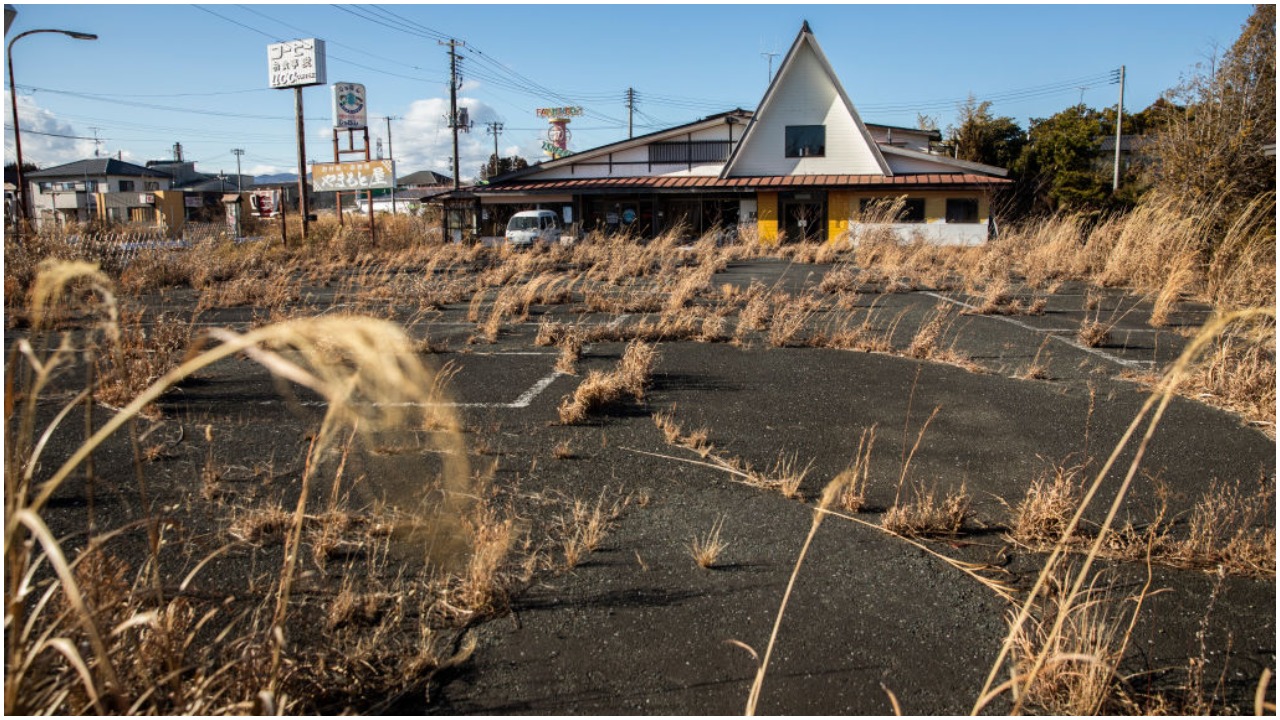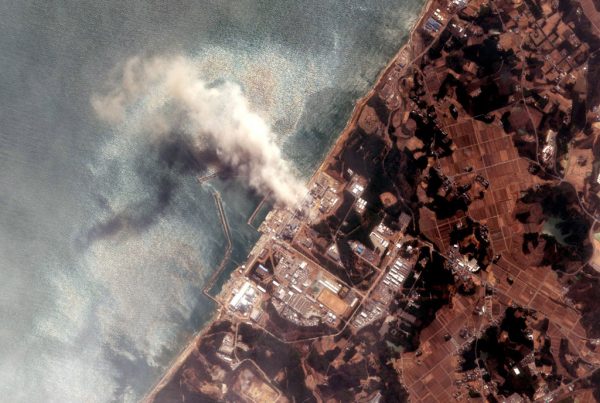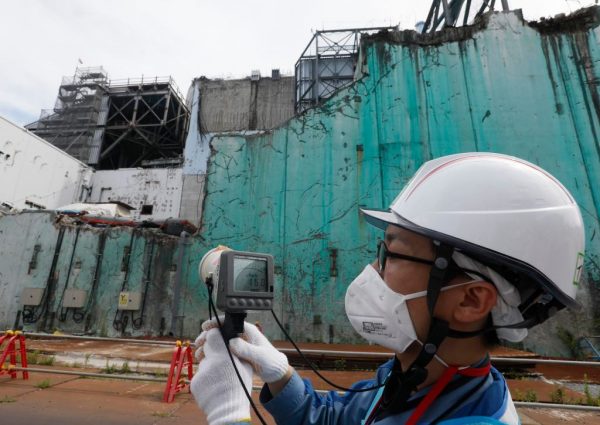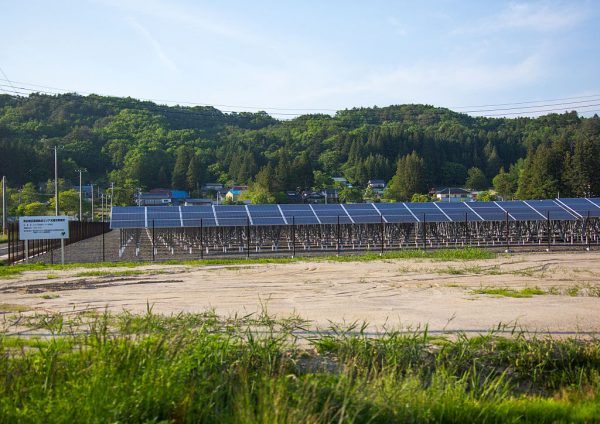Fukushima From Radioactive Wasteland To Sustainable Power Source

When the Fukushima Dai-ichi nuclear power plant in Okuma, Fukushima, Japan was hit by a thirty foot high tsunami in 2011, over one hundred thousand people were evacuated from the surrounding area.
The 9.0 quake that caused the giant wave was so severe, it actually moved Japan a few meters to the east, according to World Nuclear Association.
It left almost three hundred and fifty square miles under water including the power plant which had begun to leak radiation into the ground rendering hundreds of acres of farmland useless for growing crops.

In this satellite view, the Fukushima Dai-ichi Nuclear Power plant after a massive earthquake and subsequent tsunami on March 14, 2011 in Futaba, Japan. Japanese officials report that a fire at the stricken Fukushima nuclear power plant has released radioactive material into the air in the latest development in the chaos wrought by the recent earthquake and tsunami that have left at least 10,000 people dead in northeastern Japan. (Photo by DigitalGlobe via Getty Images via Getty Images)
As Okuma is a coastal town and the plant sits right on the shoreline, the radiation undoubtedly spread into the Pacific Ocean, but it wasn’t until 2015 that workers could install impermeable walls to keep contaminated water from flowing into the sea.
A hydrogen explosion in one of the reactors sent radioactive debris flying which is still not completely cleaned up. Japan is employing robots and video probes to help with the most dangerous cleanup.
A twenty mile radius of the plant was considered unlivable for over eight years, and residents are just recently able to come back to certain parts of the town, although DW reports that there has been talk that Japan’s government is more concerned with appearances for the 2020 Olympics than for the health of its citizens.
The center of town is still closed because of radiation levels considered too high for consistent exposure, and no medical facility will be brought in for two more years.
To add insult to injury, the nuclear plant was subjected to Typhoon Hagibis in October of 2019 putting the almost one thousand storage containers of contaminated water and the millions of industrial waste bags holding contaminated soil at risk, according to The New York Times.

The good news is that a group of Japanese investors, along with the Development Bank of Japan and the privately administered Mizuho Bank, have come forward with a plan to make the farmland usable for a different purpose by building solar and wind plants and a power transmission grid to generate electricity for Tokyo.
The eleven solar power plants and ten wind farm plants will cost about three billion yen or two and three quarters of a billion dollars.
Two hundred and seventy million would come from the Japanese government. New Atlas reports that the goal is to have the area powered by renewable energy by 2040 using wind, solar, hydro, geothermal, and biomass.
The first three solar plants, owned by TEPCO, the Tokyo Electric Power Company, Ukishima Solar Power Plant, and the Ohgishima Solar Power Plant in Kawasaki City were begun in 2011, and the Komekurayama Solar Power Plant in Kofu City was started in 2012.

Both of the plants in Kawasaki used a ten degree angle while installing the photovoltaic panels even though the standard ideal angle is around thirty degrees.
This took into account the location of the panels and the wind levels in regard to power generation amount which, according to TEPCO, is “an example of innovative ideas.”
The Komekurayama Solar Power Plant, located at Mt. Komekura, is the first major inland solar power plant. As the terrain is rough and craggy, the panels could not be laid out in the usual flat rows, so the cells were instead placed in groups on modified stands in order to maintain efficient land use.
All three have facilities to accommodate visitors and provide educational exhibits and observation decks that overlook the thousands of solar panels.
While many in Japan want to see the nuclear reactors turned back on, TEPCO is planning complete decommission of the facility in thirty to forty years.
A pdf document outlining the plans for decommissioning the nuclear plant can be found here.
The new site should bring six hundred megawatts of electricity, but plans on being able to produce 100% of demand by 2040.
Another Article From Us: Abandoned Japanese Village Found in Canadian Forest
A nearby former golf course has already had hundreds of solar panels installed, set high up from the ground to avoid snow accumulation.
